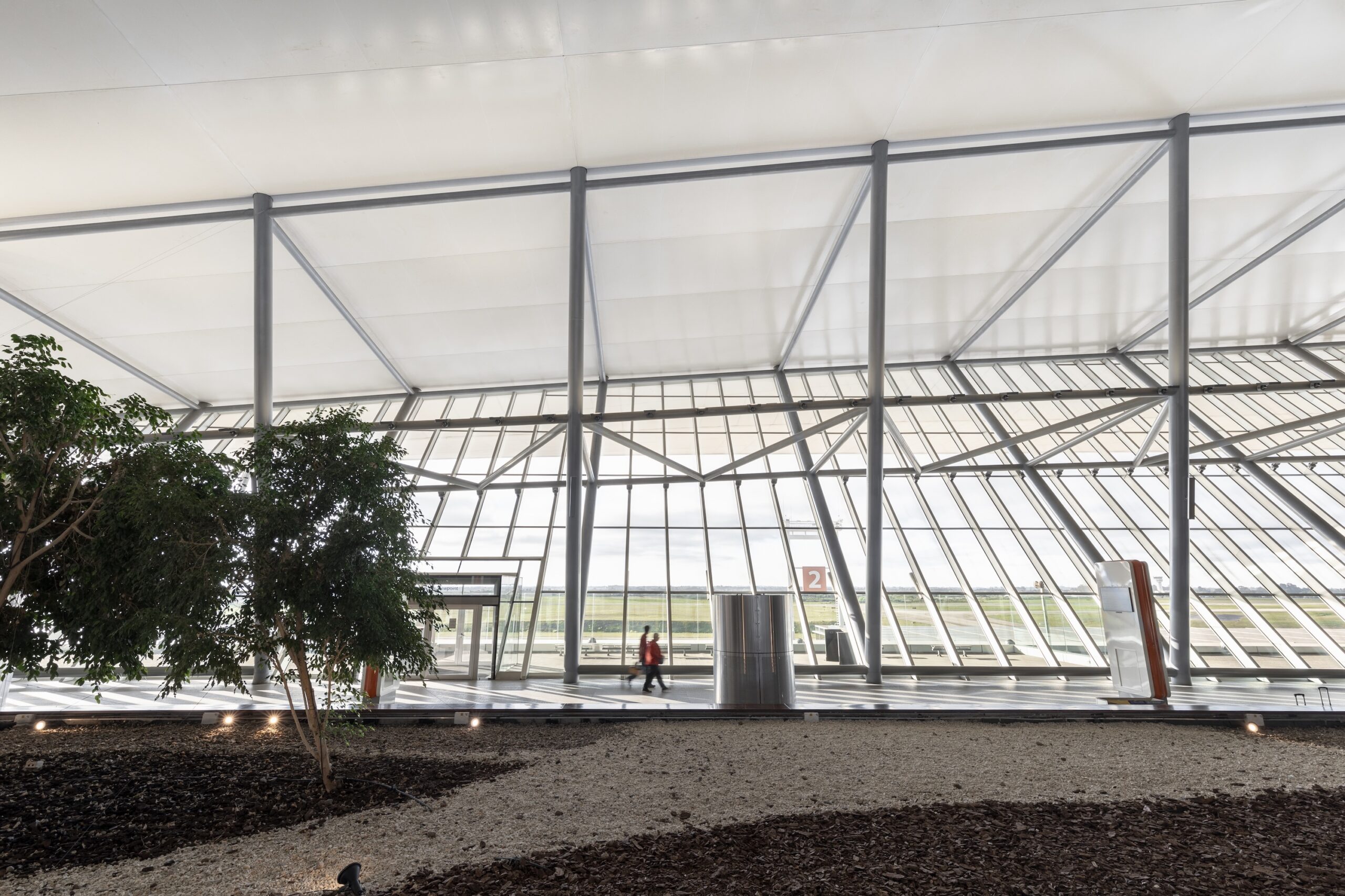The Royal Institute of British Architects (RIBA) has published the findings of its latest Future Trends Survey, a monthly report of business and employment trends affecting the architects’ profession.
The July 2024 findings show that, over the next three months, architects still expect higher workloads and staffing levels, although the outlook has mellowed since June.
Architects expect increasing workloads despite pessimism among smaller practices
In July, the RIBA Future Trends Workload Index fell by 3 points to +1, indicating that architects expect workloads to increase overall.
Over the next three months, 23% of practices expect workloads to increase, 22% expect them to decrease, and 54% expect them to stay the same.
The outlook for small practices (1-10 staff) fell by 10 points to a Workload Index figure of -6, a considerable deterioration after two months of optimism about workloads. Meanwhile, the outlook for medium (11+ staff) and large (50+ staff) practices remained optimistic, rallying by 33 points to +44 – the highest figure for two years.
The regional picture remains mixed. London (-10) fell in confidence by 7 points and the South of England (-2) fell by 4 points, while Wales and the West (0) held steady. The outlook for the North of England (+10) fell by 5 points, and the Midlands and East Anglia (+14) rose by 4 points, both remaining firmly positive.
The outlook among monitored work sectors also remains mixed. While the Commercial sector (+2) fell by 3 points, it remains positive. The outlook for the Private Housing sector (-1) and Community sector (-5) held steady; and, while still negative, the outlook for the Public sector (-3) improved by 2 points, the most optimistic it has been since June 2022.
Architects’ optimism about recruitment mellows
In July, the RIBA Future Trends Permanent Staffing Index fell by 4 points to +2. The positive figure indicates that more practices intend to increase staff numbers than reduce them.
- Over the next three months, 11% of practices expect to employ more permanent staff, 9% expect to employ fewer, and 81% anticipate no change.
- Medium and large practices expect an increase in permanent staffing levels (Permanent Staffing Index +27), while small practices expect them to fall (-2).
- The regional staffing outlook is positive in the North of England (+10) and the Midlands and East Anglia (+3), in line with workload predictions, although London (+2) also remains positive. Wales and the West (-5), and the South of England (-3) both expect falling numbers of permanent staff.
- The Temporary Staffing Index fell by 2 points to -3, suggesting decreasing numbers of temporary staff.
- Levels of personal underemployment rose slightly from 25% in June to 26% in July.
RIBA Head of Economic Research and Analysis Adrian Malleson said:
“The profession’s outlook has markedly improved over the last twelve months, but many practices continue to face a challenging environment. While the profession remains positive about future work, there’s little anticipation of a rapid upswing.
July’s Future Trends is the first since the UK elected a new government; but the profession’s response has been muted in contrast to the large but transitory uptick seen following the previous administration’s 2019 Brexit-focused victory.
Commentary received in July suggests the market is showing early signs of recovery. However, project delays, which practices blame mostly on the planning system, are holding the recovery back by restricting pipelines of work and putting pressure on cash flow. Practices also report delays with the Building Safety Regulator for higher risk buildings.
While some practices continue to note a subdued architect’s market, others are seeing increased enquiries, post-election. Overall, there is a sense that the market is slowly improving but that it will take time before this translates into significantly increased workloads.
We will continue to report our findings to the Government and work with other built environment bodies to monitor these trends.”






